In the culinary world, having a firm understanding of knife types can greatly enhance your cooking experience. Whether you’re prepping ingredients or fine-tuning your presentation, the right blade can make all the difference. In this comprehensive overview, we’ll delve into various blade types, their uses, and why selecting the correct one is essential for both aspiring cooks and seasoned chefs alike. From VG-10 Damascus folding knives to Chef Knives & Sets, let's explore the fascinating world of blades.
The Anatomy of a Knife Blade
Before diving into various types of blades, it’s essential to comprehend the fundamental anatomy of a knife blade. A knife typically comprises several parts:
- Blade: The cutting part of the knife, usually made from high-quality steel.
- Edge: The sharpened side of the blade where cutting occurs.
- Tip: The front part of the blade used for precision tasks.
- Spine: The top, unsharpened edge of the blade that provides strength.
- Heel: The portion of the blade closest to the handle, used mainly for chopping.
- Handle: The part you grip, available in various materials for comfort and stability.
Types of Knife Blades
Now that you’re familiar with the anatomy of a knife, let’s discuss the various types of blades you’ll encounter:
Standard Chef's Knife Blade
The chef's knife is arguably the most versatile of all kitchen knives. Typically ranging between 6 to 12 inches in length, the blade has a broad, tapered shape. This design allows for a rocking motion perfect for chopping, slicing, and dicing a variety of foods. Many chefs favor high-quality steel such as VG-10 in their Chef Knives & Sets for its durability and edge retention.
Santoku Knife Blade
Originating from Japan, the Santoku knife has a shorter, wider blade compared to the traditional chef's knife. With a length of about 5 to 8 inches, it excels in slicing, dicing, and mincing. The blade usually features a granton edge, which consists of small indentations that prevent food from sticking to the blade, making it ideal for delicate tasks.
Paring Knife Blade
The paring knife is smaller, with a blade typically around 3 to 4 inches long. This knife is perfect for intricate tasks such as peeling fruits and vegetables or performing precision cuts. Its nimble design allows you to maneuver easily, granting the control needed for detail-oriented preparations.
Fillet Knife Blade
Designed specifically for filleting fish, these blades have a long, flexible structure that allows for smooth cuts along the spine and skin of the fish. The fluid movement of a fillet knife can truly enhance your culinary skills when preparing seafood, revealing tender, well-cut portions.
Bread Knife Blade
A bread knife features a serrated edge specifically designed to slice through crusty bread without crushing it. The serrations grip the bread and allow for a clean slice, making it an essential tool in any kitchen that often engages with bakery items.
Cleaver Blade
The cleaver is a hefty knife characterized by its thick and wide blade. Primarily used for chopping through bone and tough cuts of meat, its weight gives it the ability to glide through tough materials with minimum effort. While traditionally seen in butchering, many chefs appreciate using cleavers for slicing large vegetables and cutting through hard cheese.
Material Matters: Understanding Knife Blades
The material used in making a knife blade can significantly impact its performance, durability, and price. Here are some common materials you’ll encounter:
Stainless Steel
Stainless steel blades are well-loved for their corrosion resistance and ease of maintenance. Although they may not hold an edge as long as some high-carbon options, they are often favored by both home cooks and professionals for their reliability.
High-Carbon Steel
High-carbon steel blades are known for their sharpness and ability to retain their edge longer than stainless steel. However, they require more maintenance, as they are prone to rusting if not properly cared for. A VG-10 Damascus folding knife is a perfect example of high-carbon steel that combines beauty with functionality, providing an extraordinary cutting experience.
Damascus Steel
Damascus steel is created by layering different types of steel and forge-welding them together. The result is a blade that is both beautiful and functional. The unique patterns make each blade distinct, and these knives often provide not only excellent edge retention but also superior sharpness. A VG-10 Damascus folding knife is a fantastic option for both collectors and those who appreciate high-quality blades.
Ceramic Blades
Ceramic blades, made from a hard ceramic material, offer an incredible level of sharpness. They are non-reactive and resistant to rust and stains, meaning they require minimal care. However, ceramic blades can chip easily and are generally less versatile than their steel counterparts.
Choosing the Right Blade for Your Needs
Understanding the different types of knives and blade materials is crucial to selecting the right tool for your culinary endeavors. Here are some tips to help you make an informed decision:
- Identify Your Cooking Style: A professional chef will have different needs compared to a home cook. Identify your typical cooking tasks to determine which knives might be essential for you.
- Consider Usage Frequency: If you reach for a particular type of knife frequently, invest in a high-quality version. For less-used tools, consider more affordable options.
- Comfort and Grip: The balance and handle of a knife are crucial. Always hold the knife before purchase to ensure it feels comfortable in your hand.
- Sharpening Needs: Some materials require more maintenance than others. Decide how much time you’re willing to invest in sharpening and caring for your knives.
- Budget: Quality knives can vary significantly in price. Set a budget while considering that investing in a reliable knife can save money in the long run.
Maintaining Your Knife Collection
Once you’ve selected the perfect blades, maintaining their quality is essential. Here are some key maintenance tips:
Regular Sharpening
Keeping your knife blades sharp ensures safe and effective cutting. Regular honing and occasional sharpening will preserve the edge. Consider using a whetstone, honing rod, or professional sharpening service for optimal results.
Cleansing Properly
Always wash your knives by hand with warm, soapy water. Avoid putting them in the dishwasher, as the heat and detergent can damage the blade and dull the edge.
Storing Wisely
Proper storage can extend the life of your knives. Use a magnetic strip or knife block to separate each blade and prevent dulling or chipping. Avoid storing knives loose in a drawer.
Final Thoughts on Your Blade Journey
Mastering the art of choosing the right knife type and maintaining it requires knowledge, but the rewards are abundant. A well-selected knife can enhance your culinary skills and save you time in the kitchen. From the versatile chef's knife to the striking VG-10 Damascus folding knife, ensuring your collection consists of high-quality blades will elevate your cooking experience to new heights. Explore the world of Chef Knives & Sets and invest in the tools that will inspire and empower your culinary journey.


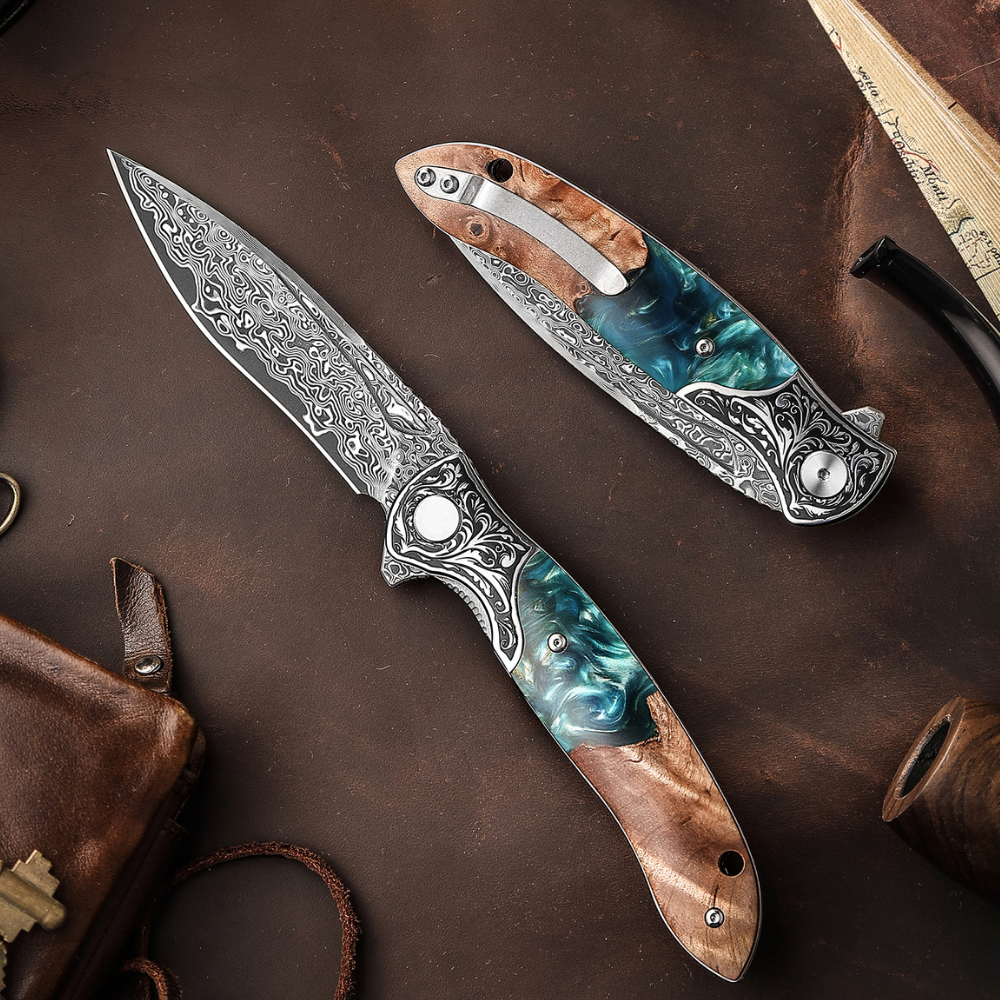





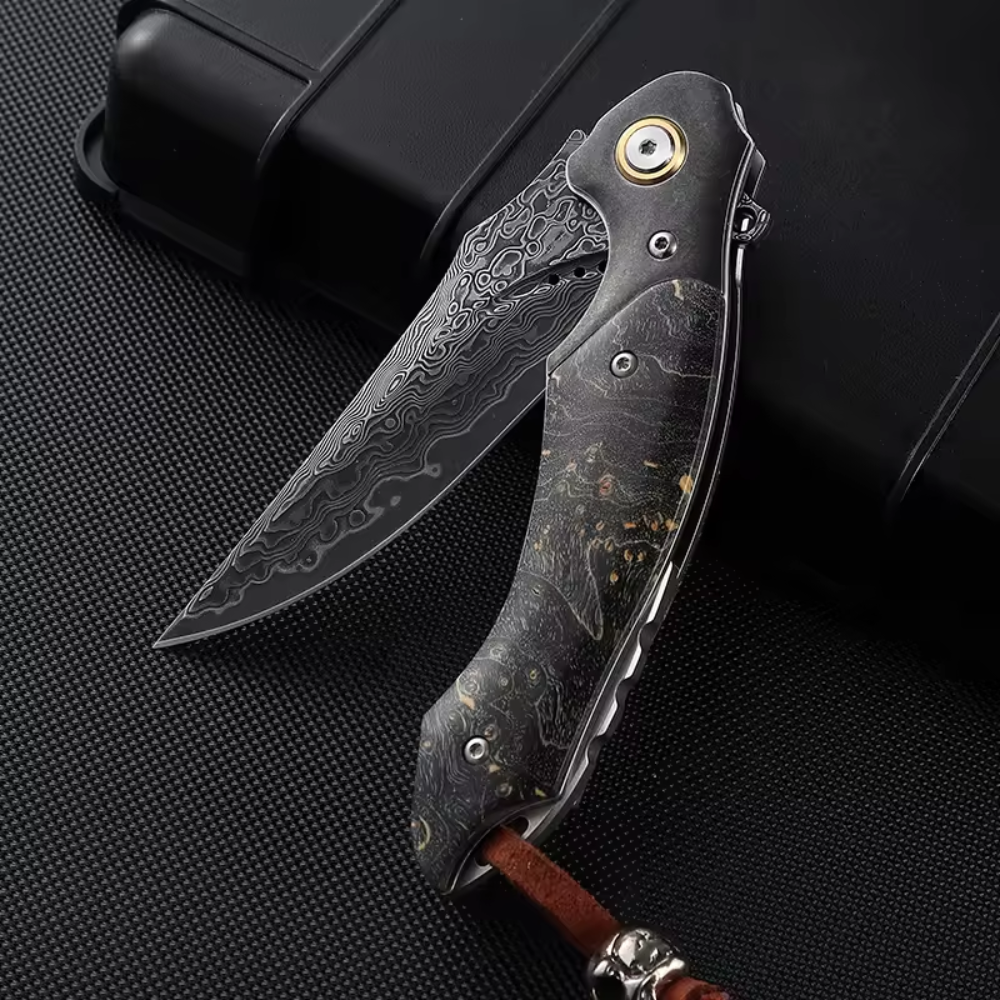
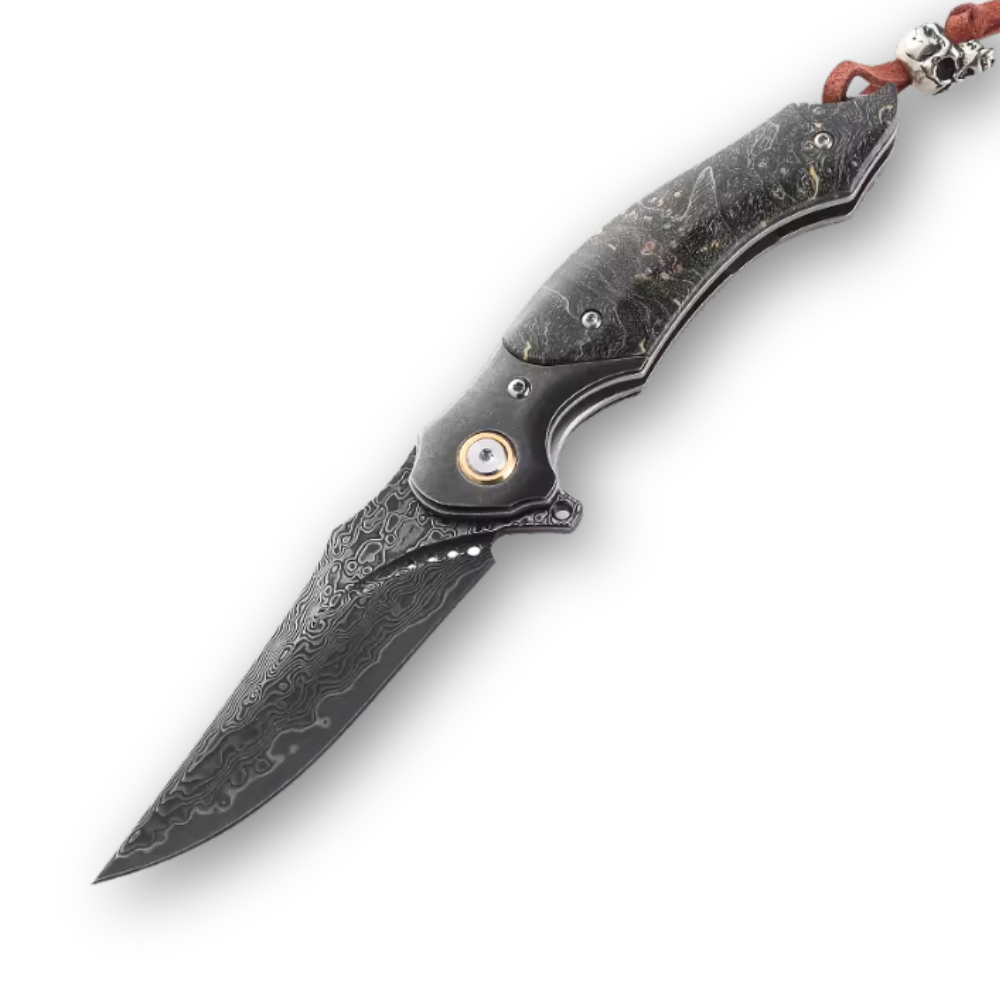
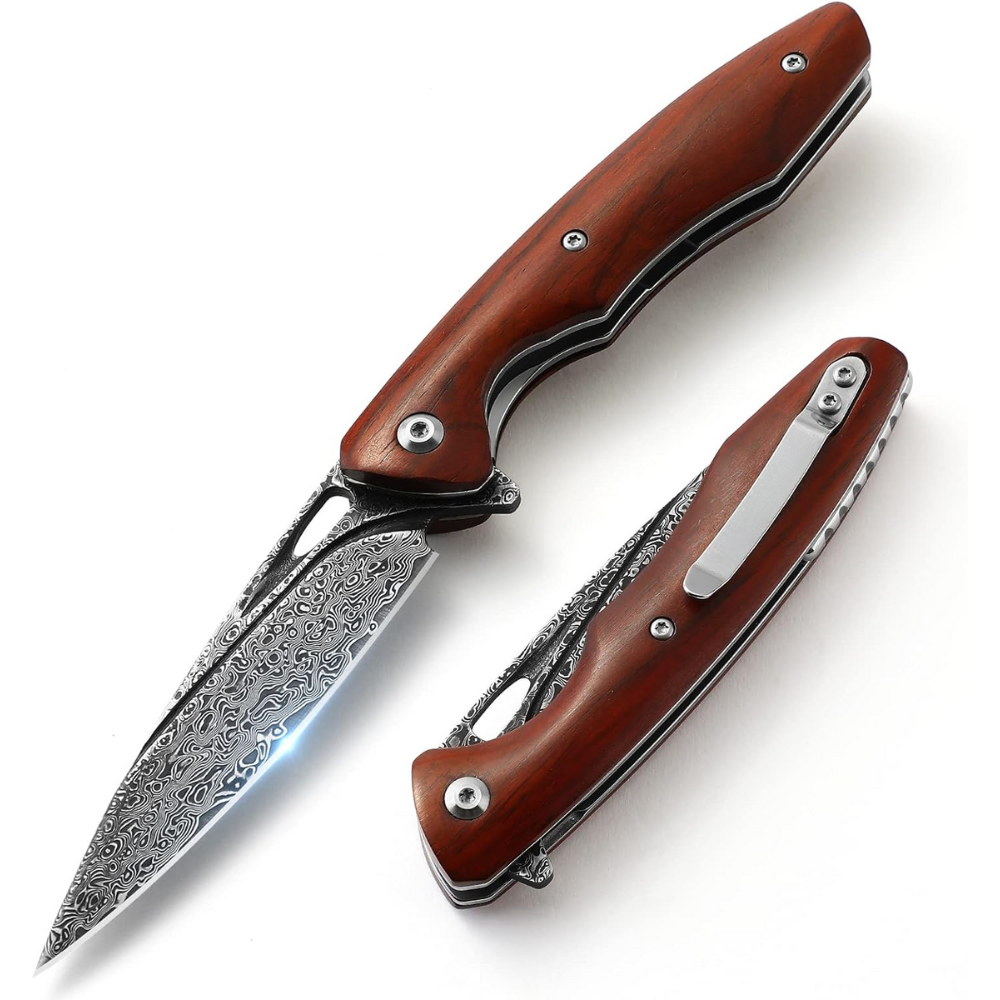
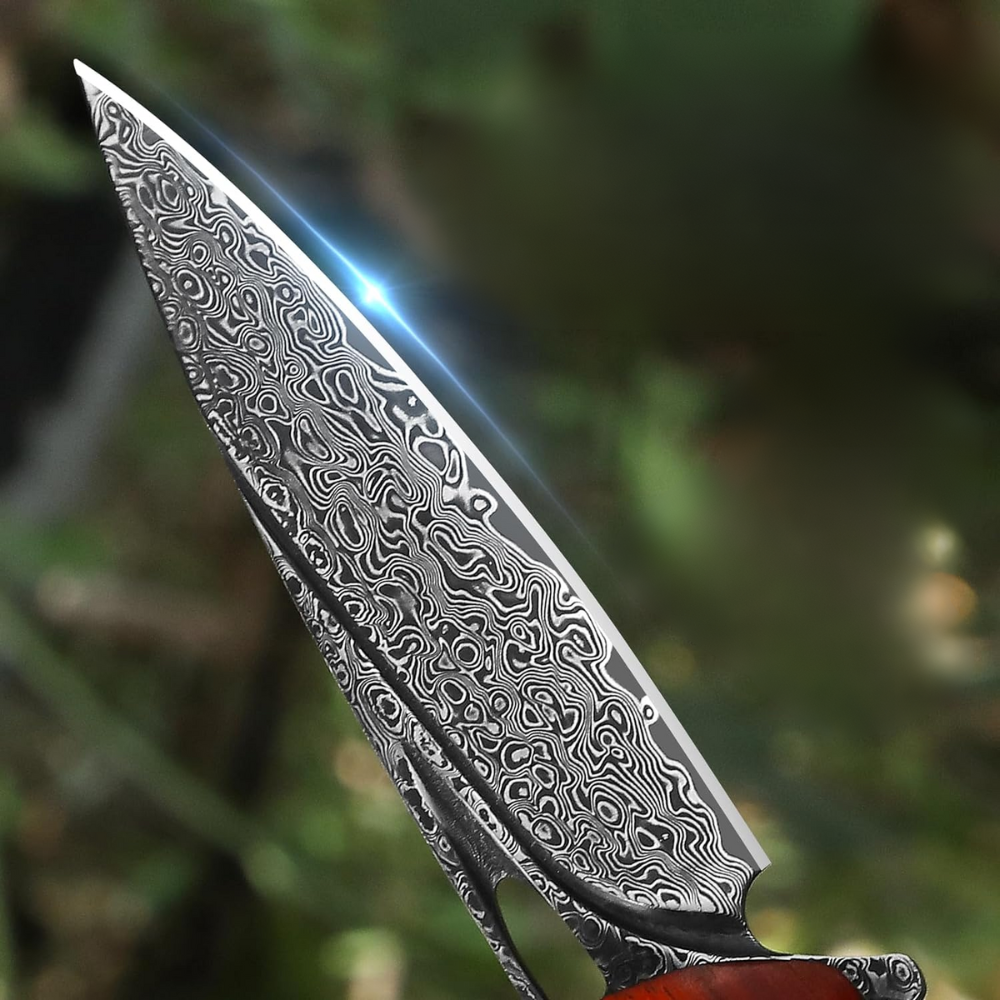








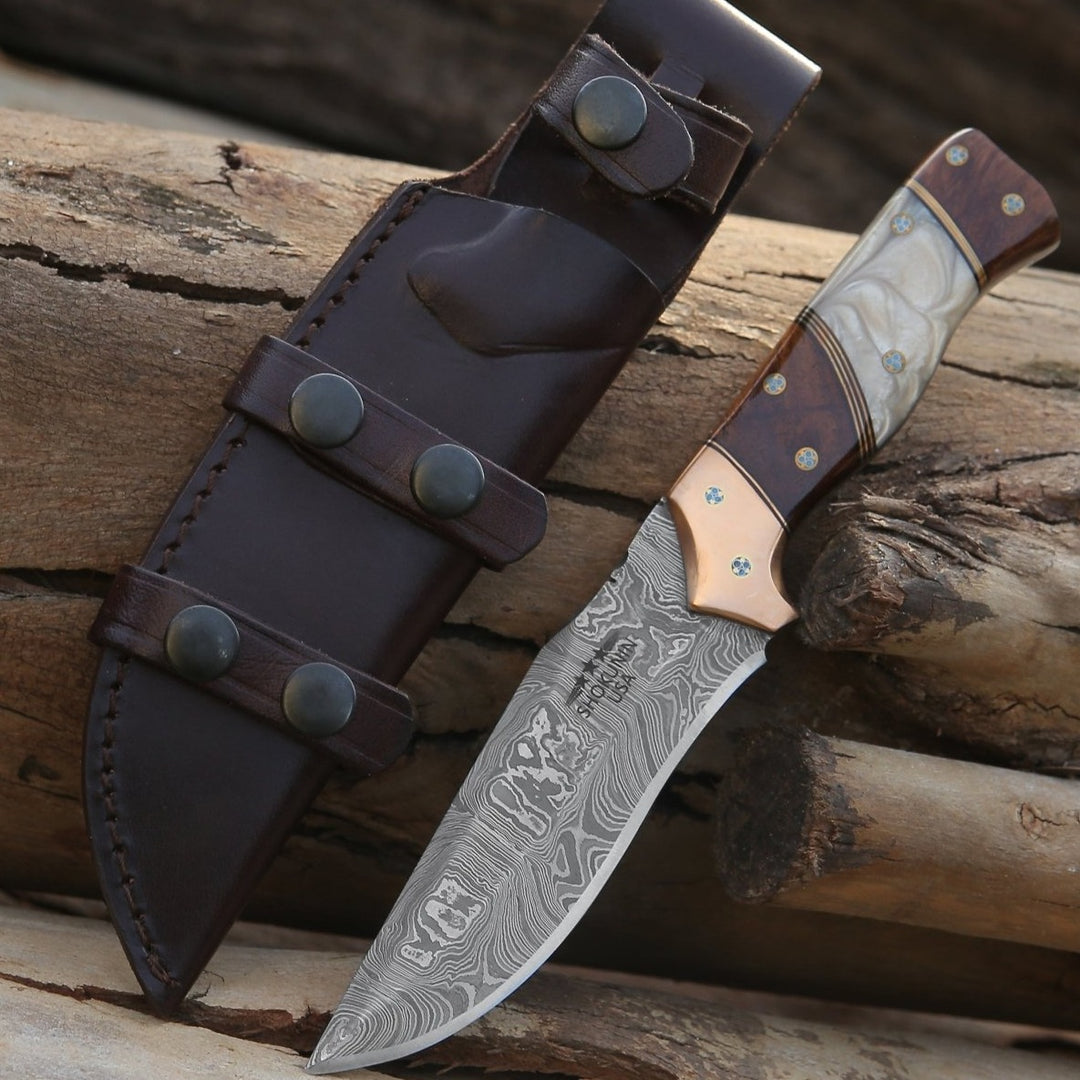
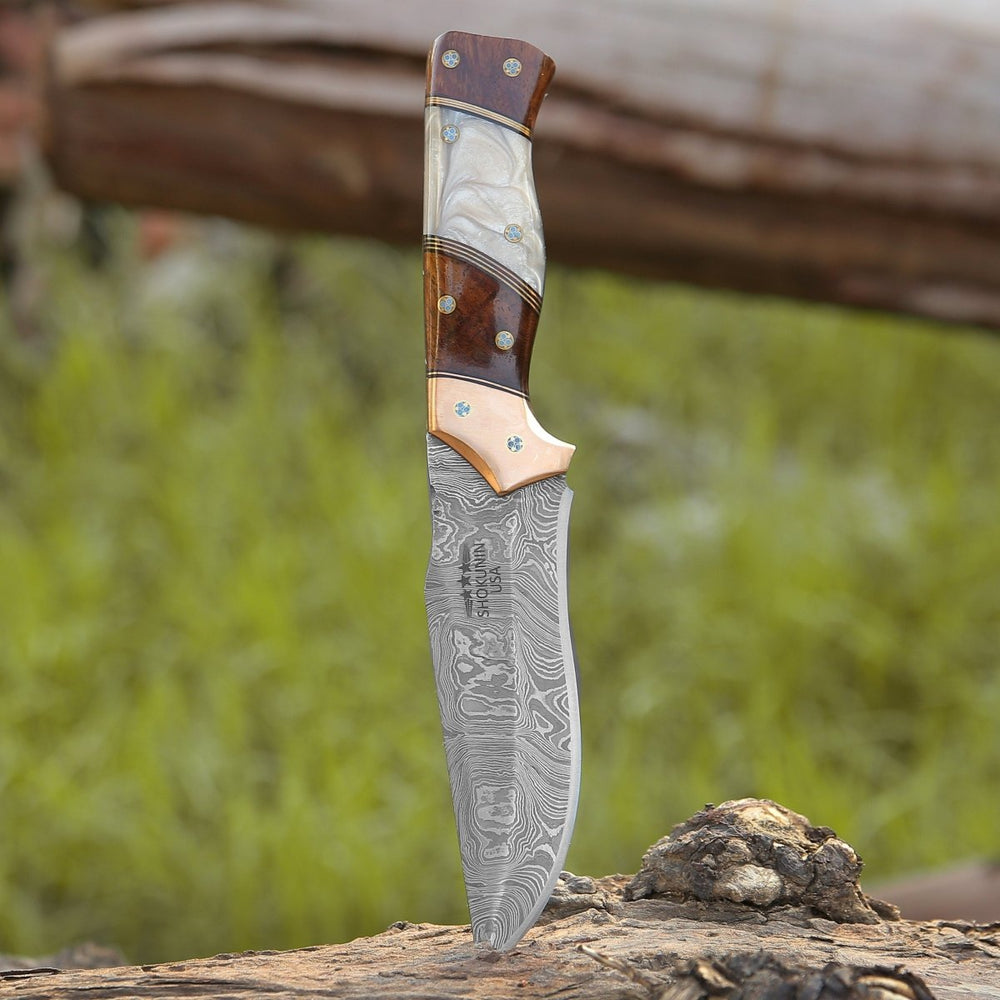


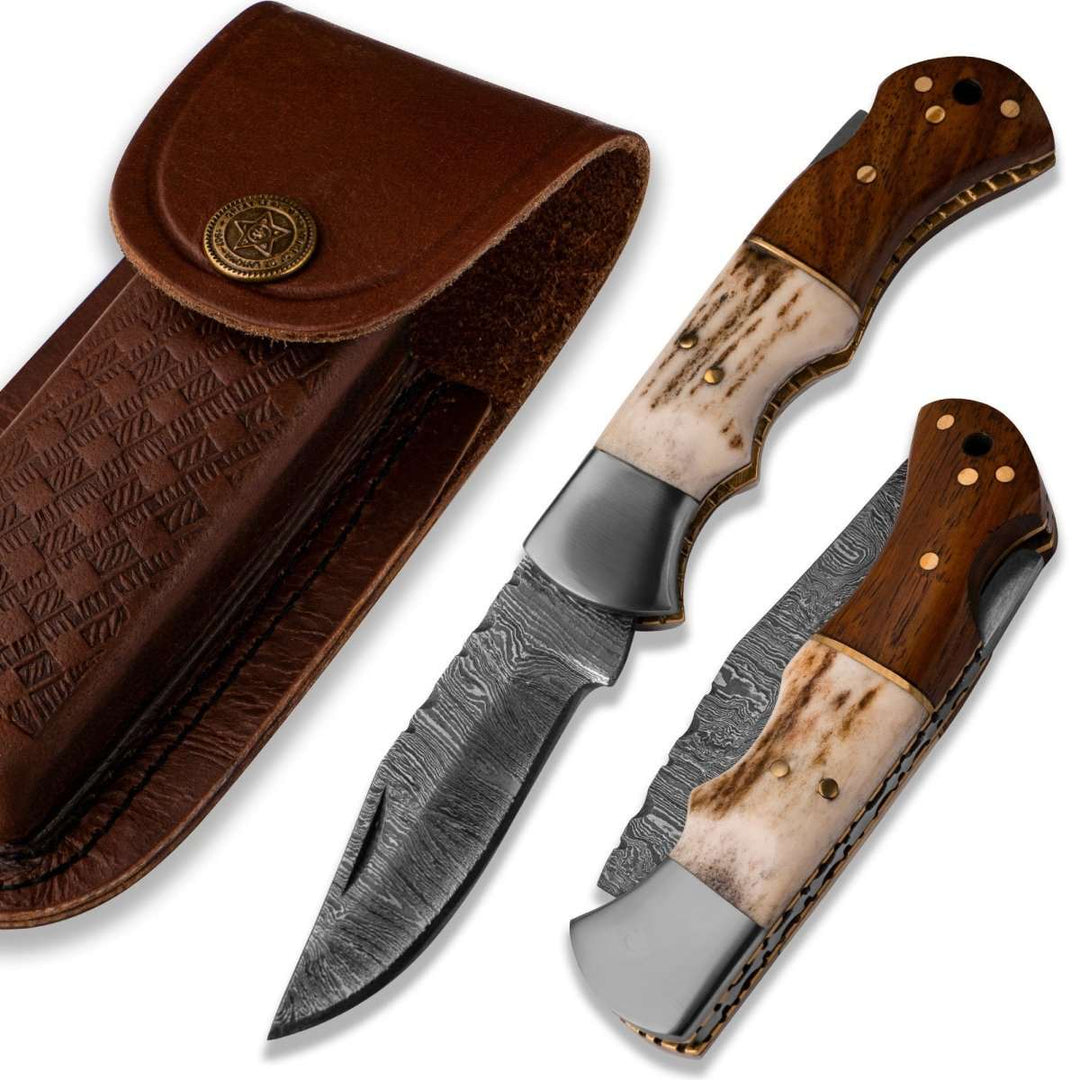
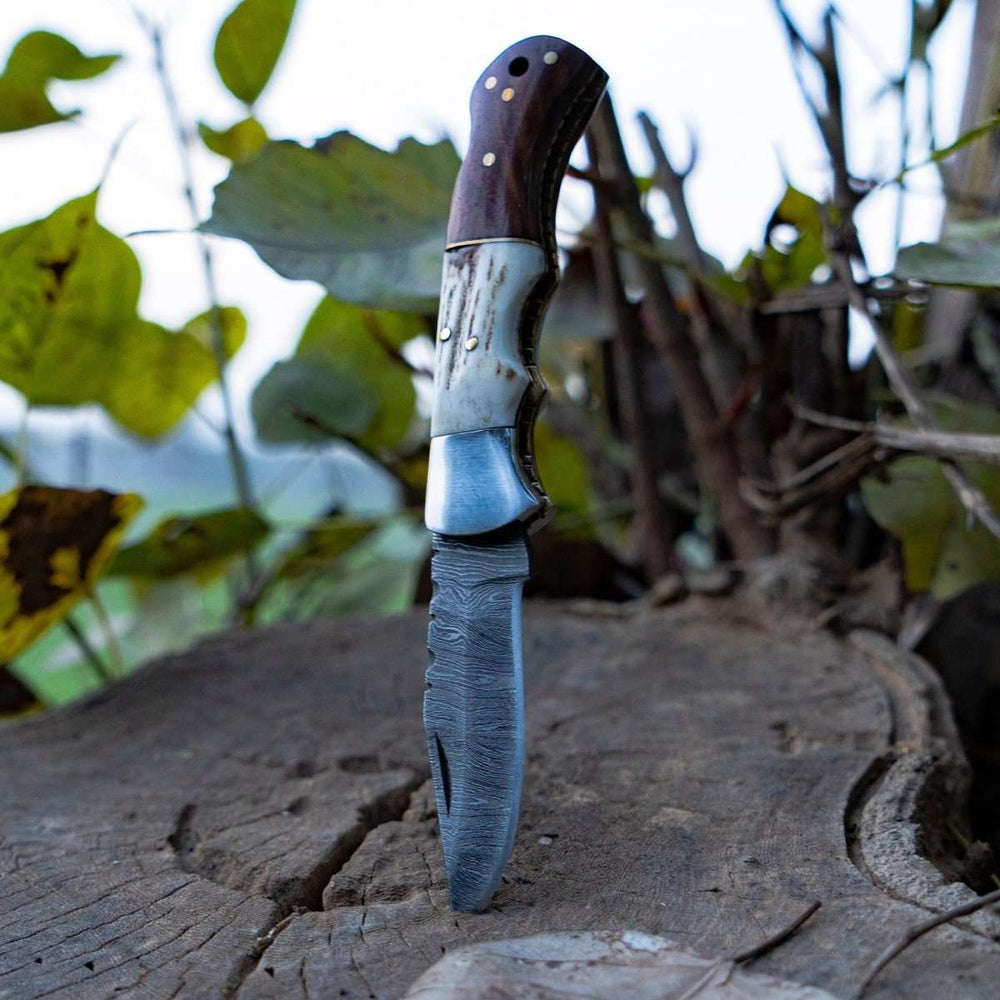




Dejar un comentario